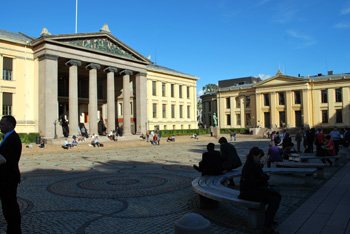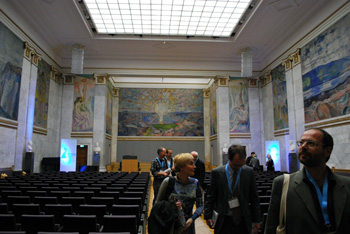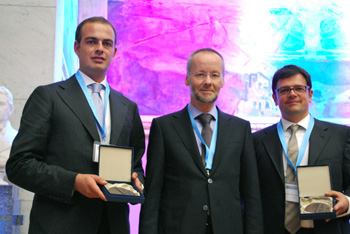The European Archaeological Heritage Prize 2011
The 24th of September 2011, during the 17th Annual Meeting of the European Association of Archaeologists, the Apolline Project was awarded the European Archaeological Heritage Prize. We thank the EAA Committee for acknowledging our efforts and the current and past Apolline Project team members for making this possible.
Decision

Justification for the Prize

From a scientific point of view, the systematic investigation of the monument revealed that the Northern slopes of Vesuvius did in fact have an important habitation also during antiquity, and also that it had been reinhabited again soon after the eruption of Vesuvius responsible for the complete destruction of Pompeii and Herculaneum. By focusing on the Northern slopes of Vesuvius, the project has considerably expanded and nuanced the insight into Roman settlement in Campania, hitherto overshadowed by the splendour of Baiae, Pompeii and Herculaneum. The investigation has also added to our insights into life in Campania during the high and late empire between the eruption of 79 A.D. and that of 472 A.D. which particularly affected the Northern slopes of Vesuvius.
Most important of all, the excavation, presentation and return of the monument to the public, all of which happened under very difficult conditions, mobilized and encouraged the local community which participates in the archaeological work with enthusiasm. It is ground-breaking and in line with the spirit of the European Faro Convention.

The awarding of the European Heritage Prize to Girolamo Ferdinando De Simone and Mayor Francesco Pinto sends a message of optimism to other European regions whose cultural heritage is endangered by questionable interests. The synergetic results of their cooperation constitutes a luminous example of what can be achieved when heritage management and archaeological research enjoys local society’s support and when archaeologists are conscious of their potential to contribute to society.
